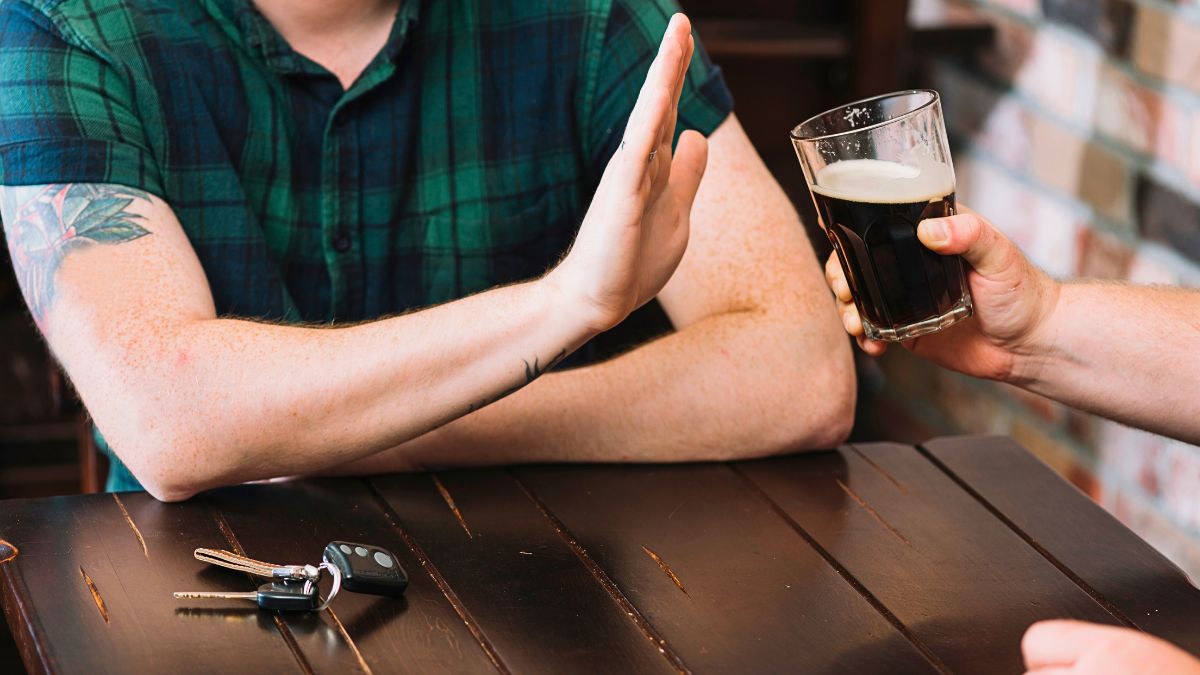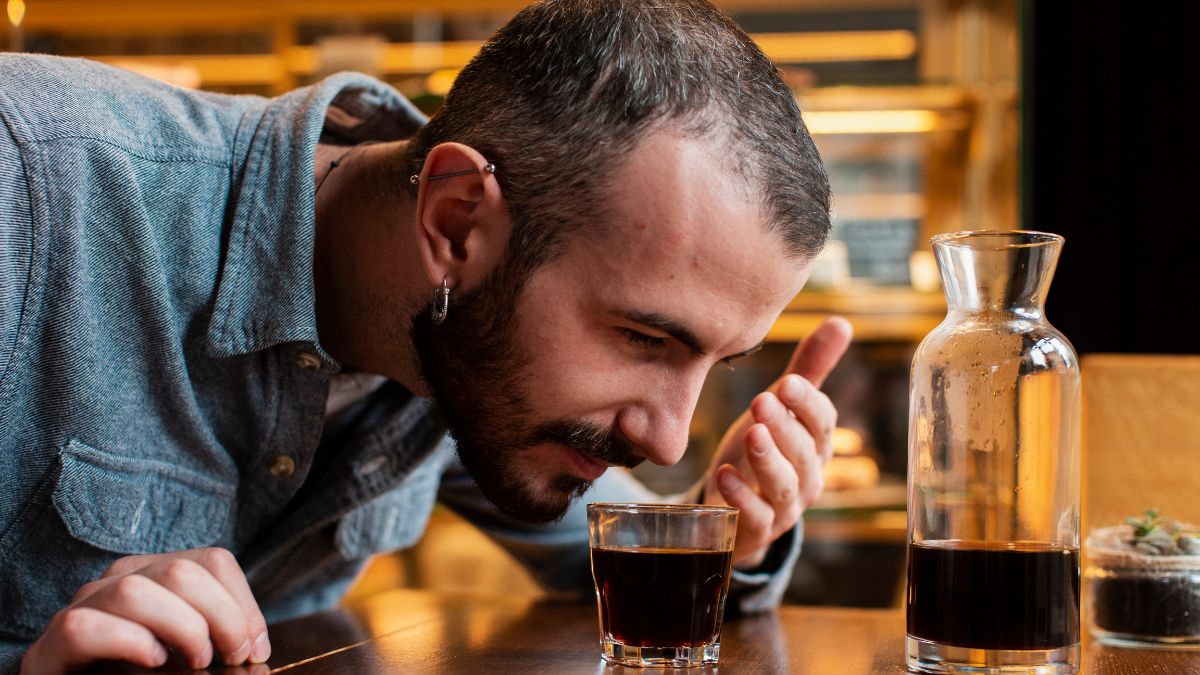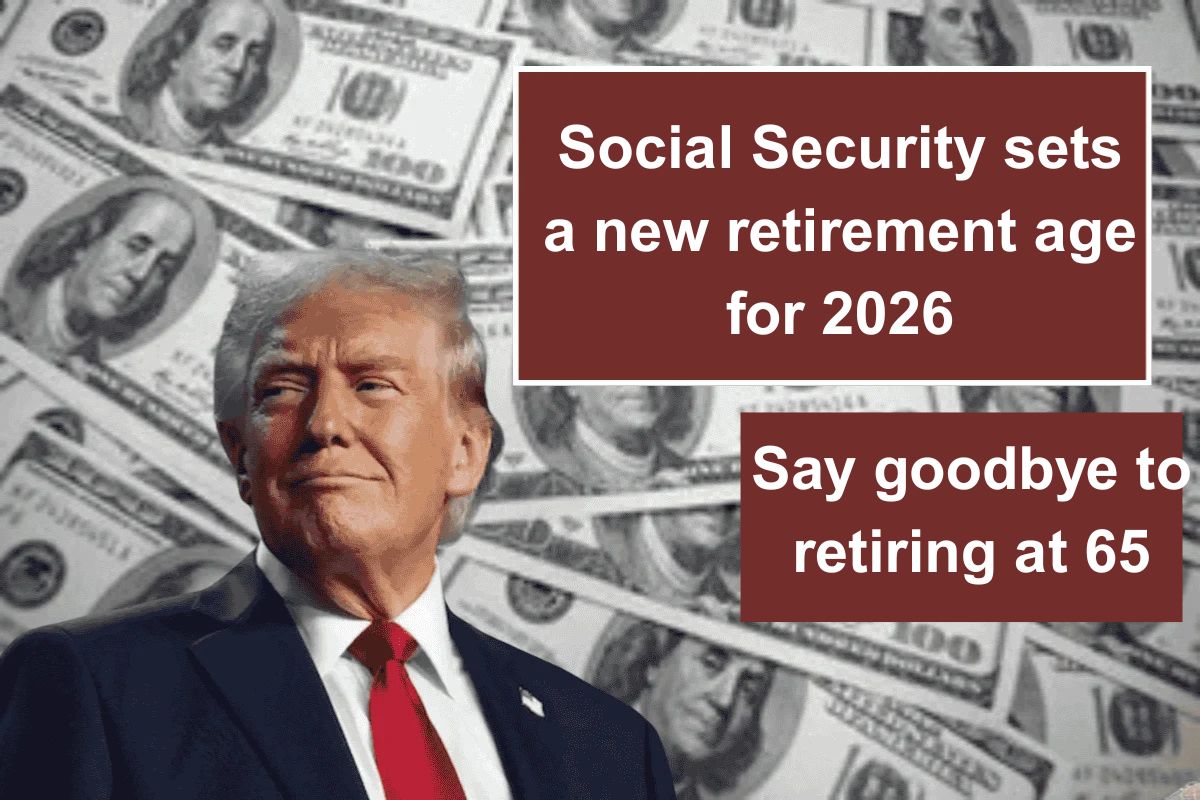Alcohol abuse among college students isn’t a new issue—but recent data shows it’s getting worse. Across campuses nationwide, binge drinking, blackout episodes, and alcohol-related hospital visits are rising sharply. What’s behind the spike?
Let’s break down what’s really driving the trend, how it’s affecting student health and academics, and what can be done to address the problem before it spirals further.
Trends
The numbers don’t lie—college drinking is on the rise again. After a brief dip during the pandemic, recent surveys show a strong rebound in alcohol misuse among students aged 18–24.
In fact, a 2025 report from the National Institute on Alcohol Abuse and Alcoholism (NIAAA) found that nearly 33% of college students reported binge drinking (five or more drinks in a row) within the past two weeks. That’s up from 26% just two years ago.
So, why is this happening now?
Stress
One of the biggest culprits? Stress. College students are juggling more than ever—rising tuition, competitive academics, part-time jobs, social pressures, and anxiety about the future.
Drinking becomes a quick escape, a way to self-medicate after a hard day or let loose on weekends. Unfortunately, the more it’s used as a coping tool, the harder it is to recognize when it crosses into unhealthy territory.
Culture
College culture hasn’t helped. From frat parties and tailgates to the glorification of drinking on social media, alcohol is still seen as a key part of the “college experience.”
Add in peer pressure, drinking games, and the fear of missing out (FOMO), and it’s easy to see how students get caught up. What starts as “just having fun” can easily slide into a pattern of dependency.
Access
Alcohol is easier to get than ever before. Despite age restrictions, many underage students report having little trouble accessing beer, liquor, or hard seltzers—whether through older friends, fake IDs, or delivery apps.
Plus, alcohol marketing is everywhere. Social media ads, campus events sponsored by alcohol brands, and influencer partnerships blur the line between promotion and peer endorsement.
Mental Health
Anxiety, depression, and loneliness are at all-time highs among young adults. The emotional aftermath of the pandemic, isolation, and social disconnection continues to affect students well into 2025.
Without proper support, many turn to alcohol as a crutch. But alcohol often worsens mental health symptoms, creating a dangerous cycle that’s hard to break.
Impact
The consequences of alcohol abuse go way beyond hangovers. Here’s what students—and their families—should be concerned about:
| Consequence | Impact on Students |
|---|---|
| Academic Struggles | Missed classes, poor grades, dropout risk |
| Health Risks | Liver issues, accidents, alcohol poisoning |
| Legal Trouble | DUIs, underage drinking citations |
| Relationship Damage | Conflict with friends, family, partners |
| Mental Health Decline | Increased anxiety, depression, shame |
What seems harmless on the surface can have long-term effects on a student’s future.
Prevention
So what can be done?
1. Education
Real talk matters. Universities need to go beyond boring pamphlets and start honest conversations about what alcohol does to the brain, body, and future.
2. Access to Support
Campuses should offer accessible counseling, peer recovery groups, and wellness programs that actually resonate with students.
3. Healthy Alternatives
Students need more fun, sober-friendly spaces—like alcohol-free events, late-night rec activities, and social clubs that aren’t centered on drinking.
4. Family Involvement
Parents still play a role. Honest, ongoing conversations about boundaries, safety, and responsibility can influence decisions more than lectures ever could.
Hope
Yes, the trend is concerning—but it’s not unchangeable. With awareness, connection, and better support systems, we can help students make safer choices and shift the culture around college drinking.
It starts with talking about it—openly, honestly, and often.
FAQs
Why is alcohol abuse rising in college?
Stress, social pressure, easy access, and poor mental health are key factors.
What is binge drinking?
It’s typically five or more drinks in one session for males, four for females.
How does drinking affect academics?
It leads to missed classes, poor grades, and higher dropout rates.
Can underage students get alcohol easily?
Yes, often through fake IDs, older friends, or delivery apps.
What helps reduce college drinking?
Supportive counseling, peer education, and sober social events help.










